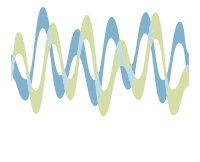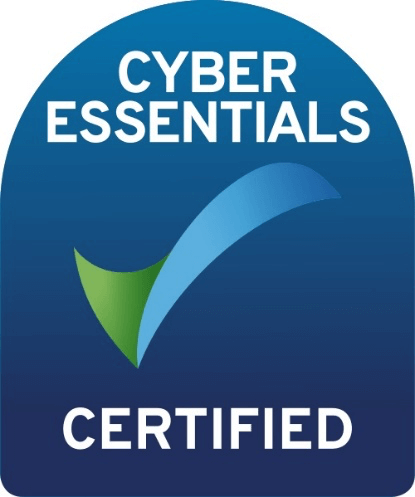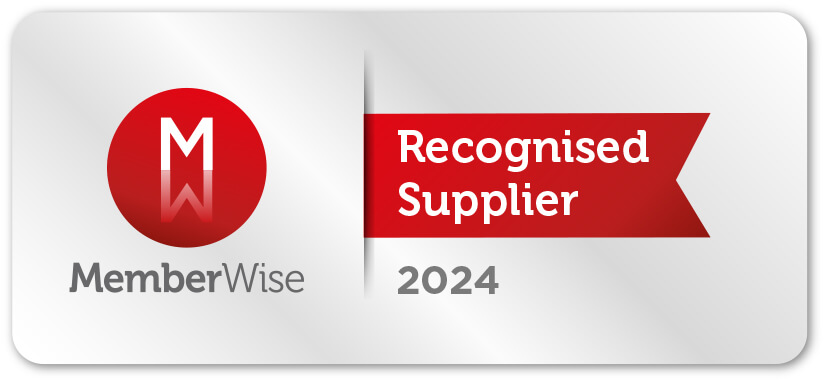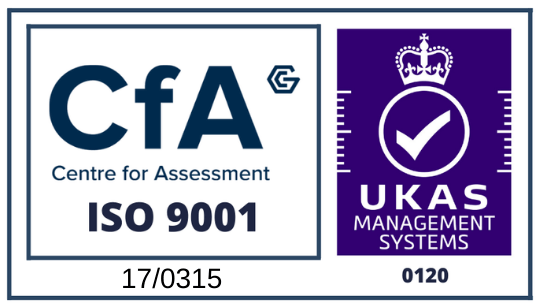There may be more than 10 myths about the Telephone Preference Service (TPS), but here is a list of our top 10.
You may have heard some of them yourself.
The Privacy and Electronic Communications (EC Directive) Regulations 2003 (PECR), soon to be updated with a new ePrivacy Regulation, set out the law in relation to the use of electronic communications for unsolicited marketing to individuals and organisations.
Companies must not make sales and marketing calls to any number listed on the Telephone Preference Service (TPS) or Corporate TPS (known as the CTPS). You then need to re-screen call lists against the TPS registers every 28 days, if you are still calling on the same list.
So who’s on which list?
- The Telephone Preference Service (TPS) is a central opt-out register. It contains individuals, sole traders and partnerships, that do not want to receive unsolicited sales and marketing telephone calls.
- The Corporate Telephone Preference Service (CTPS) is the central opt-out register for corporate subscribers (including limited companies, PLCs, limited liability partnerships, Scottish partnerships, government bodies, schools &, colleges and charities) to register their wish not to receive unsolicited sales and marketing calls.
The only exceptions are people who have expressly consented to receive your your calls.
That seems pretty straight forward doesn’t it?
So what are the top 10 myths about the Telephone Preference Service (TPS)?






